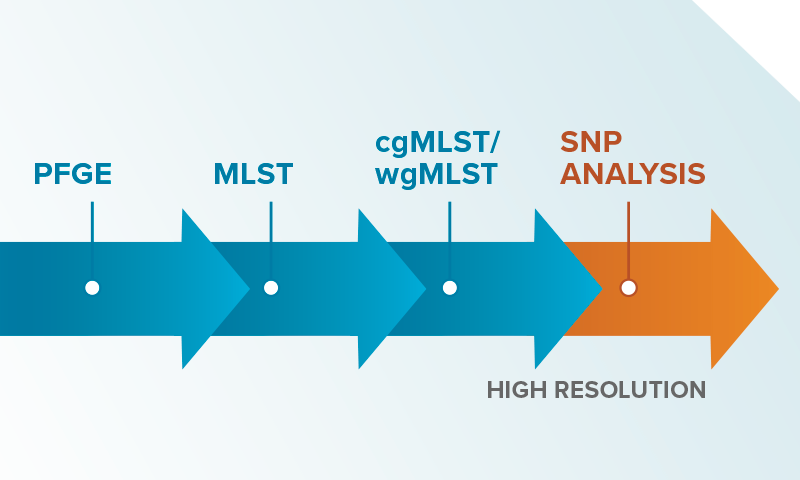
by admin | Jul 22, 2021 | Blog
When it comes to determining relatedness between isolates in an HAI investigation, you know by now that we believe there is no better tool than whole-genome sequencing (WGS). But in some cases, WGS alone may not be enough. Although WGS allows you to see variations of...

by admin | Jun 17, 2021 | Blog
As the pandemic starts to clear, infection control and microbiology labs are finally getting a chance to examine what was learned about healthcare-associated infections (HAIs) during the pandemic. One learning is that at least some types of HAIs such as central...

by admin | Apr 7, 2021 | Blog
We always believed that whole genome sequencing based surveillance would be the most cost-effective strategy for infection control, but we didn’t realize that the cost can go all the way down to $0. Before you think we’ve gone mad, let’s clarify what we actually mean....

by admin | Feb 18, 2021 | Blog
It can be confusing to make sense of the alphabet soup of methods used to test if samples are actually part of an outbreak. In speaking with customers, we have heard a range of methods being used, from antibiograms without any further testing to custom SNP (Single...

by admin | Dec 1, 2020 | Blog
Fecal microbiota transplants (FMT) are remarkably effective treatment options for recurrent C. diff infections. However, a series of recent FDA safety alerts in 2019 and 2020 highlight the potentially serious risks associated with the procedure, namely the risk of...





